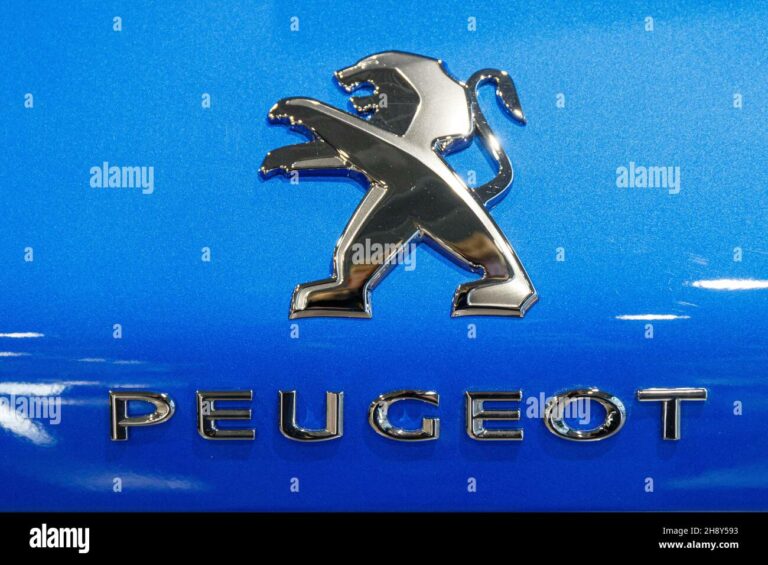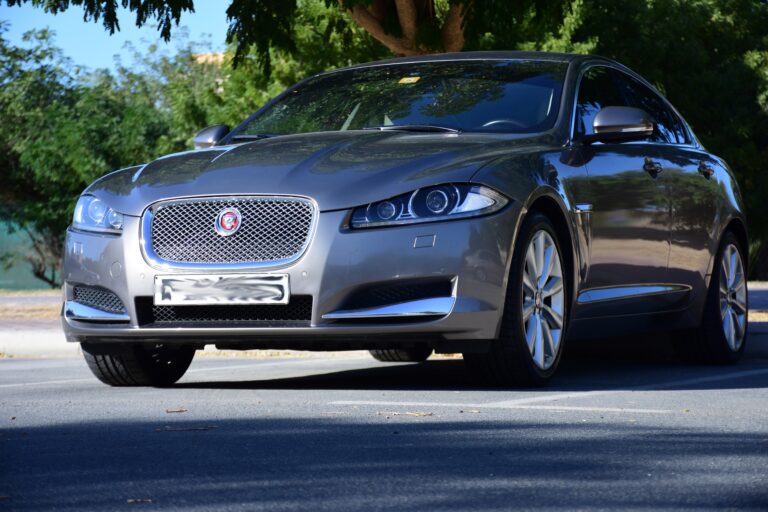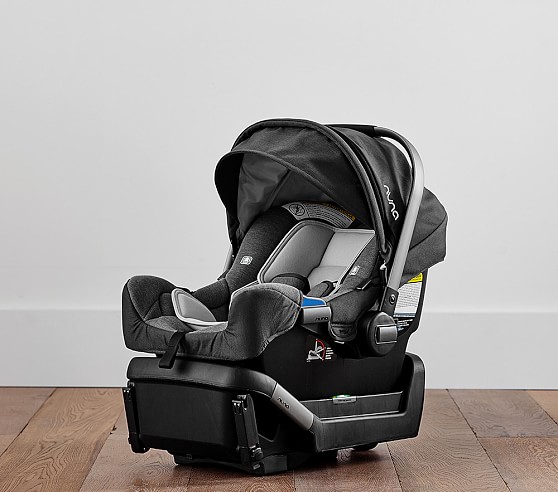Chinese Car Brands In Philippines: A Comprehensive Guide to Their Growing Dominance
Chinese Car Brands In Philippines: A Comprehensive Guide to Their Growing Dominance cars.truckstrend.com
The Philippine automotive landscape is undergoing a significant transformation, with Chinese car brands rapidly shifting from being niche players to formidable contenders. Once viewed with skepticism, these brands have dramatically improved their quality, design, and technology, offering compelling value propositions that resonate deeply with Filipino consumers. This comprehensive guide delves into the rise, offerings, benefits, and crucial considerations surrounding Chinese car brands in the Philippines, providing practical insights for prospective buyers.
The Ascendancy of Chinese Automakers in the Philippines
Chinese Car Brands In Philippines: A Comprehensive Guide to Their Growing Dominance
For decades, the Philippine automotive market was largely dominated by Japanese and, to a lesser extent, Korean and American brands. Chinese cars, if present at all, were often associated with basic functionality and questionable reliability. However, this perception has been decisively overturned in recent years. Backed by massive investments in research and development, global design partnerships, and advanced manufacturing processes, Chinese automakers have emerged with a new generation of vehicles that are stylish, feature-rich, and competitively priced.
Their strategic entry into the Philippine market has been characterized by aggressive pricing, comprehensive warranty packages, and a rapid expansion of dealership networks. This approach has allowed them to tap into a growing segment of buyers looking for modern vehicles that offer excellent value for money without compromising on essential features or safety. From sleek sedans to versatile SUVs and the burgeoning electric vehicle (EV) segment, Chinese brands are now offering a diverse portfolio that caters to a wide array of Filipino preferences and needs. Their increasing market share signifies not just a change in consumer preference, but a fundamental shift in the competitive dynamics of the local auto industry.
Key Players and Their Diverse Offerings
The Philippine market is now home to a robust lineup of Chinese automotive brands, each carving out its own niche and appealing to different segments of buyers. Understanding their primary offerings is crucial for any prospective car owner.
- Geely: Arguably one of the pioneers in reshaping the perception of Chinese cars. Geely, with its acquisition of Volvo, has leveraged Swedish engineering and safety standards. Popular models include the Coolray (a subcompact SUV known for its sporty design and powerful engine), the Azkarra (a compact SUV offering premium features), and the Emgrand (a stylish and well-equipped sedan).
- Chery: Known for its "Tiggo" line of SUVs, Chery offers a range of vehicles that prioritize practicality, technology, and affordability. The Tiggo 5X Pro, Tiggo 7 Pro, and Tiggo 8 Pro provide options from compact to seven-seater SUVs, all packed with modern infotainment and safety features.
- MG (Morris Garages): While historically a British brand, MG is now owned by SAIC Motor, one of China’s largest automakers. MG cars blend British design heritage with Chinese manufacturing efficiency, offering stylish and value-packed vehicles. The MG ZS (a popular subcompact SUV), MG 5 (a spacious sedan), and MG HS (a premium compact SUV) are strong contenders in their respective segments.
- Changan: A rapidly growing brand, Changan focuses on providing innovative and high-tech vehicles. Their CS35 Plus and CS75 Plus SUVs are lauded for their futuristic designs, comfortable interiors, and advanced driver-assistance systems. The Alsvin sedan offers a compelling option in the entry-level sedan segment.
- GAC Motor: Specializing in SUVs and MPVs, GAC emphasizes sophisticated design, robust build quality, and powerful engines. The GS4 and GS8 SUVs, along with the GN6 MPV, are known for their spacious interiors, premium feel, and strong performance. The newer Emkoo brings a bold, futuristic design to the market.
- BYD (Build Your Dreams): A global leader in new energy vehicles (NEVs), BYD is at the forefront of the electric vehicle revolution in the Philippines. Models like the Atto 3 (a sleek compact electric SUV) are setting new benchmarks for range, technology, and environmental consciousness, appealing to buyers looking to future-proof their mobility.
- Other Notable Brands: Brands like Foton (known for commercial vehicles but also offering passenger SUVs like the Toplander), JAC, and Dongfeng also contribute to the diverse Chinese automotive presence, often focusing on specific segments or utility vehicles.
Why Filipino Buyers Are Choosing Chinese Cars
The growing popularity of Chinese car brands in the Philippines isn’t accidental; it’s a direct result of several compelling advantages they offer:
- Unbeatable Value for Money: This is perhaps the most significant draw. Chinese cars come equipped with features often found in higher-priced segments, such as panoramic sunroofs, digital instrument clusters, large touchscreen infotainment systems, 360-degree cameras, and advanced safety features (ADAS) – all at a significantly lower price point.
- Modern Design and Aesthetics: Gone are the days of generic or uninspired designs. Contemporary Chinese cars boast stylish, eye-catching exteriors and well-appointed interiors that rival or even surpass their Japanese and Korean counterparts. Many employ international design teams, resulting in globally appealing aesthetics.
- Improved Quality and Safety Standards: Extensive investments in manufacturing technology and quality control have drastically improved the build quality and reliability of Chinese vehicles. Furthermore, many models now achieve high safety ratings in international crash tests (e.g., ASEAN NCAP, C-NCAP), instilling greater confidence in buyers.
- Advanced Technology Integration: Chinese brands are quick to adopt and integrate the latest automotive technologies. This includes sophisticated infotainment systems with Apple CarPlay and Android Auto, voice command functions, smart keyless entry, push-button start, and an increasing array of driver-assist technologies like adaptive cruise control, lane-keeping assist, and automatic emergency braking.
- Longer Warranties and Growing After-Sales Support: To build trust and alleviate concerns about reliability, many Chinese brands offer competitive and often longer warranty periods (e.g., 5 years/150,000 km) compared to traditional brands. Dealership networks are rapidly expanding, and parts availability is steadily improving, enhancing the overall ownership experience.
- Diverse Range of Vehicles: From compact sedans and feature-packed subcompact SUVs to spacious 7-seater family SUVs and groundbreaking electric vehicles, Chinese brands offer a vehicle for nearly every need and budget, providing more choices to the Filipino consumer.
Important Considerations Before Buying
While the benefits are clear, prospective buyers should also consider several factors to ensure a satisfying purchase:
- After-Sales Service and Parts Availability: While improving, the service network and parts availability for some newer or less established models might still be a concern compared to legacy brands. Research the specific brand’s dealership network in your area and inquire about parts availability and service schedules.
- Resale Value: This remains a common apprehension. Historically, Chinese cars have had lower resale values. However, as brand perception improves and market penetration deepens, this trend is gradually shifting. Newer, more popular models from brands like Geely and MG are showing better retention rates.
- Brand Perception and Trust: While rapidly changing, some lingering skepticism might exist among a segment of the population. However, personal research, test drives, and engaging with existing owners can help overcome any preconceived notions.
- Test Drive and Research: Always test drive your chosen model extensively to assess its performance, comfort, and features. Complement this with thorough online research, reading reviews, watching video comparisons, and joining owner forums to gain real-world insights.
- Financing and Insurance: Ensure you understand the financing options available and factor in insurance costs, which can vary based on the vehicle’s value and type.
Navigating the Landscape: Tips for Prospective Buyers
Making an informed decision about a Chinese car requires a strategic approach:
- Define Your Needs and Budget: Before looking at specific models, clearly identify what you need in a car (e.g., daily commuter, family vehicle, off-road capability) and establish a realistic budget, including the purchase price, financing, insurance, and maintenance.
- Compare Models and Features: Don’t just stick to one brand. Compare different models from various Chinese brands within your desired segment. Pay attention to safety features, infotainment, engine performance, fuel efficiency, and interior comfort.
- Inquire About Warranty and Service Packages: Understand the full scope of the warranty, including powertrain, general components, and any special EV battery warranties. Ask about scheduled maintenance costs and available service packages.
- Read Reviews and Join Owner Groups: Online reviews, automotive publications, and social media owner groups provide invaluable insights into real-world ownership experiences, including common issues, service quality, and overall satisfaction.
- Consider the Long-Term Cost of Ownership: Factor in not just the purchase price, but also fuel consumption, maintenance costs, insurance premiums, and potential resale value to get a complete picture of the total cost of ownership over several years.
- Visit Multiple Dealerships: Don’t hesitate to visit several dealerships, even for the same brand, to compare offers, customer service, and available inventory. Negotiate for the best deal, including any freebies or discounts.
Estimated Price Table for Popular Chinese Car Models in the Philippines (as of Early 2024)
Please note that these are estimated price ranges and actual prices may vary significantly based on specific variants, promotions, dealer discounts, optional accessories, and current market conditions. It is always recommended to contact official dealerships for the most accurate and up-to-date pricing.
| Brand | Model | Type | Key Features (Highlights) | Estimated Price Range (PHP) |
|---|---|---|---|---|
| Geely | Coolray | Subcompact SUV | Turbocharged engine, panoramic sunroof, G-Pilot ADAS | 1,000,000 – 1,300,000 |
| Emgrand | Compact Sedan | Stylish design, spacious interior, digital instrument cluster | 750,000 – 990,000 | |
| Azkarra | Compact SUV | Mild-hybrid tech, premium interior, intelligent safety | 1,500,000 – 1,800,000 | |
| Chery | Tiggo 5X Pro | Subcompact SUV | Digital display, modern styling, competitive pricing | 880,000 – 1,100,000 |
| Tiggo 7 Pro | Compact SUV | Spacious cabin, advanced safety, upscale features | 1,200,000 – 1,350,000 | |
| Tiggo 8 Pro | Mid-size SUV (7-Seater) | Premium comfort, powerful engine, executive styling | 1,600,000 – 1,800,000 | |
| MG | ZS | Subcompact SUV | British design cues, comprehensive features, affordable | 850,000 – 1,150,000 |
| MG 5 | Compact Sedan | Spacious interior, sporty look, value-for-money | 690,000 – 950,000 | |
| HS | Compact SUV | Premium feel, comfortable ride, advanced safety | 1,250,000 – 1,650,000 | |
| Changan | CS35 Plus | Subcompact SUV | Modern interior, advanced tech, panoramic sunroof | 990,000 – 1,200,000 |
| CS75 Plus | Compact SUV | Futuristic design, strong performance, intelligent safety | 1,300,000 – 1,550,000 | |
| Alsvin | Subcompact Sedan | Affordable, practical, comfortable ride | 650,000 – 750,000 | |
| GAC | GS4 | Compact SUV | Robust build, spacious, comfortable family car | 1,100,000 – 1,350,000 |
| GS8 | Mid-size SUV (7-Seater) | Luxurious interior, powerful engine, commanding presence | 2,300,000 – 2,700,000 | |
| Emkoo | Compact SUV | Bold futuristic design, advanced tech, unique aesthetics | 1,300,000 – 1,600,000 | |
| BYD | Atto 3 | Compact EV SUV | Long range, innovative interior, fast charging | 1,598,000 – 1,798,000 |
Frequently Asked Questions (FAQ) about Chinese Car Brands in the Philippines
Q1: Are Chinese cars reliable?
A1: Modern Chinese cars have significantly improved in reliability. Brands like Geely, Chery, and MG have invested heavily in R&D, quality control, and global partnerships, resulting in vehicles that are much more dependable than their predecessors. Many models now come with long warranties (e.g., 5-7 years) as a testament to their improved quality.
Q2: Are parts readily available for Chinese cars in the Philippines?
A2: Parts availability is rapidly improving. As Chinese brands expand their dealership networks and gain market share, their local distributors are also increasing their inventory of spare parts. For common wear-and-tear parts, availability is generally good, but for highly specific components, there might still be a waiting period, similar to some non-mainstream models of other brands.
Q3: What about after-sales service for Chinese car brands?
A3: After-sales service networks are expanding, with more dealerships and service centers opening nationwide. Brands are also investing in training technicians and improving customer service. It’s advisable to check the service center locations and customer reviews for your specific chosen brand in your area before purchasing.
Q4: Do Chinese cars have good resale value in the Philippines?
A4: Historically, resale value was a concern. However, with improved brand perception, growing sales, and better reliability, the resale value of popular Chinese models (like the Geely Coolray or MG ZS) is gradually improving. While they might not yet match the resale value of top Japanese brands, the gap is narrowing, especially given their lower initial purchase price.
Q5: Are Chinese cars safe?
A5: Yes, modern Chinese cars prioritize safety. Many models are equipped with advanced safety features like multiple airbags, ABS with EBD, stability control, and increasingly, Advanced Driver-Assistance Systems (ADAS) such as adaptive cruise control, lane-keeping assist, and automatic emergency braking. Several models have also achieved high safety ratings in crash tests conducted by organizations like ASEAN NCAP and C-NCAP.
Q6: Are Chinese cars fuel-efficient?
A6: Fuel efficiency varies by model, engine type, and driving conditions, just like any other car. Many Chinese brands offer turbocharged engines that provide a good balance of power and efficiency. With the rise of hybrid and electric vehicles from brands like BYD and Geely, there are also highly fuel-efficient and zero-emission options available.
Q7: Which Chinese car brand is the "best"?
A7: There’s no single "best" brand as it depends on individual needs, preferences, and budget.
- Geely is often praised for its technology and premium feel.
- Chery is known for its value-packed SUVs.
- MG offers a blend of style and affordability.
- Changan focuses on modern design and advanced features.
- GAC provides robust, spacious, and well-built vehicles.
- BYD leads the charge in electric vehicles.
It’s recommended to research specific models that fit your criteria and test drive them.
Conclusion
The era of Chinese car brands in the Philippines is no longer just emerging; it has arrived. Their relentless pursuit of quality, innovation, and value has successfully broken down old barriers, offering Filipino consumers a fresh, exciting, and highly competitive alternative in the automotive market. From the bustling streets of Manila to the provincial highways, these vehicles are becoming an increasingly common sight, testament to their growing acceptance and popularity.
For the savvy Filipino buyer, exploring Chinese car brands presents an opportunity to acquire a feature-rich, modern vehicle without breaking the bank. While considerations like long-term resale value and network maturity still exist, the continuous improvements in after-sales support, parts availability, and overall build quality are rapidly mitigating these concerns. As they continue to innovate and expand their presence, Chinese car brands are not just competing; they are actively shaping the future of the Philippine automotive industry, promising a more diverse, technologically advanced, and accessible driving experience for all.






